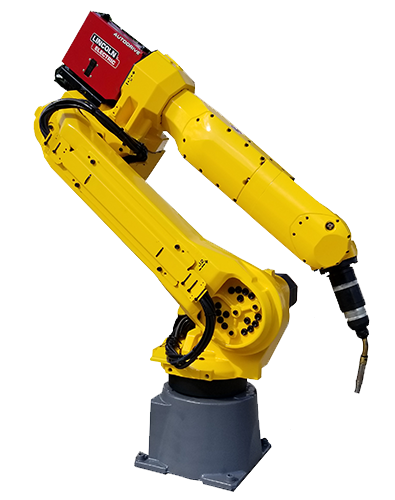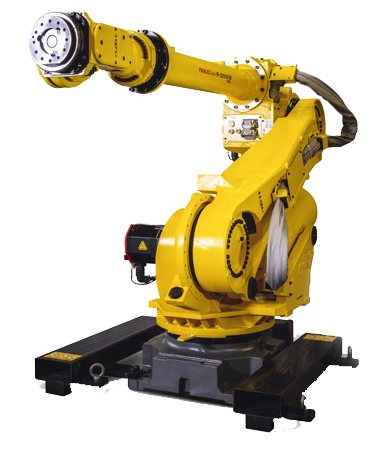Welding automation has become quite common in many industrial settings. It involves using industrial robots to automatically execute welding applications thus significantly reducing or eliminating entirely the need for human interaction. Many manufacturers have been converting their manual welding processes to automated ones.
Welding automation has evolved over the years. Today’s welding robots allow for easier automation of most arc welding and resistance welding processes. Manufacturers are opting for the ABB 1600 or the FANUC Arcmate 120ic, especially as the welding labor shortage continues to worsen. With skilled welders retiring and less workers available to fill positions, industrial robots are filling the void. Not only does welding automation combat worker shortages but it also reduces costs, improves productivity, and increases quality.
There are several trends that can be attributed to the growth and advancement of welding automation. These trends include:
- • Integration of Sensors - The integration of sensors with welding robots has made for a more adaptive and autonomous operation. Sensors being integrated with robots for welding include robotic vision systems and force sensors. These allow for better weld seam tracking, especially for more complex welds. Integrating the Yaskawa MA1440 with vision allows it to locate weld joints quickly and enhances its accuracy. As robots are used to automate more advanced welding applications the need for sensors will increase, as they allow for greater flexibility and functionality of the robot.
- • Replacing Positioners with Robots - Robotic positioners have been a staple of robotic weld cells as they control the rotation of a workpiece for the articulated robot during welding. However, some are starting to replace positioners with six and seven-axis robots. Using a six-axis or seven-axis welding robot allows for greater flexibility in part positioning. These robots are able to move their arms with a similar range of motion as a human.
- • Elimination of Fixtures - Another trend in welding automation is the elimination of fixtures by incorporating a material handling robot with a weld cell. Using a FANUC M-710ic/50 or a similar material handling robot in a weld cell eliminates the operator from having to load and unload fixtures. This setup reduces costs, improves the efficiency of the weld cell, decreases cycle times, and reduces maintenance needs.
- • Using Seven-Axis Robots - For years six axis robots were deemed ideal for welding automation, but the development of high-DOF robots has changed that. Six-axis robots are still the most common for welding, but seven-axis robots are starting to be deployed for welding automation as well. Seven-axis welding robots allow for better torch positioning, are able to avoid and maneuver around peripherals, and might not need a positioner. Their additional axis in their robotic manipulator arm is incredibly beneficial for welding automation. The FANUC R-1000ia-120F-7B and Motoman Va1400 are both seven-axis welding robots.
- • Internet of Things - Access to real-time data is extremely beneficial for welding automation which is being made possible through the Internet of Things (IoT). IoT is an aspect of industry 4.0 which connects automated equipment to a central network. It allows automated systems to quickly exchange critical data, adding intelligence to the robot and ultimately improving its ability to automate welding processes.

